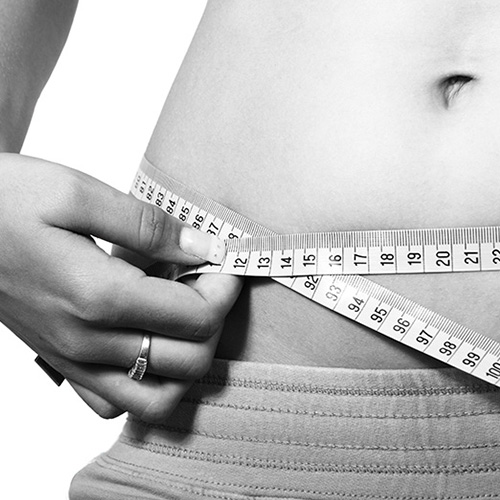Understanding body fat analysis

If you've measured your body composition using a professional Charder Body Composition Analyzer for the first time, you might be wondering why there are multiple places on the result sheets that are related to body fat, and what they all mean!
Simply put, the devices provide both a body fat measurement, as well as interpretation. Although there will only be one measurement, there are different ways to interpret the results, based on different needs.
1) Body Fat MassThis is pretty straightforward, telling you how much body fat you have on your body, in terms of weight. So your result sheet might say you have 12.4 kg of body fat, and provide reference of whether this is normal or not, from a Muscle-Fat balance perspective. 12.4 kg of body fat is consistent across the result sheet, but interpretations of it may change, depending on the section!
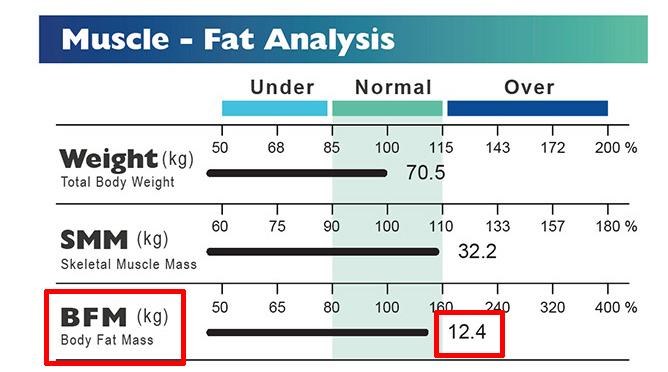
2) Percent Body Fat
Body Fat Mass is generally compared with your total body weight, because that makes a big difference! 15kg of body fat on someone who weighs 50kg is 30% (obese), but 15kg on someone who weighs 100kg is 15% (normal!).
Depending on the result sheet, this may be displayed in different ways:
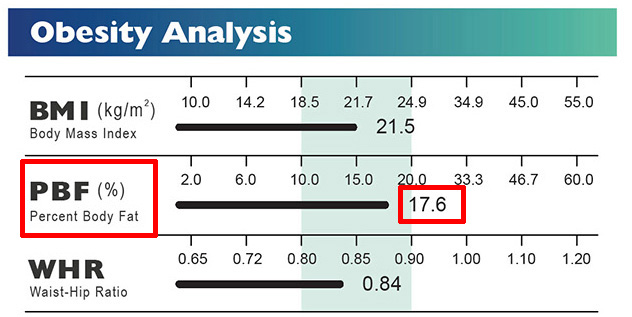
or a more detailed breakdown into 5 categories.
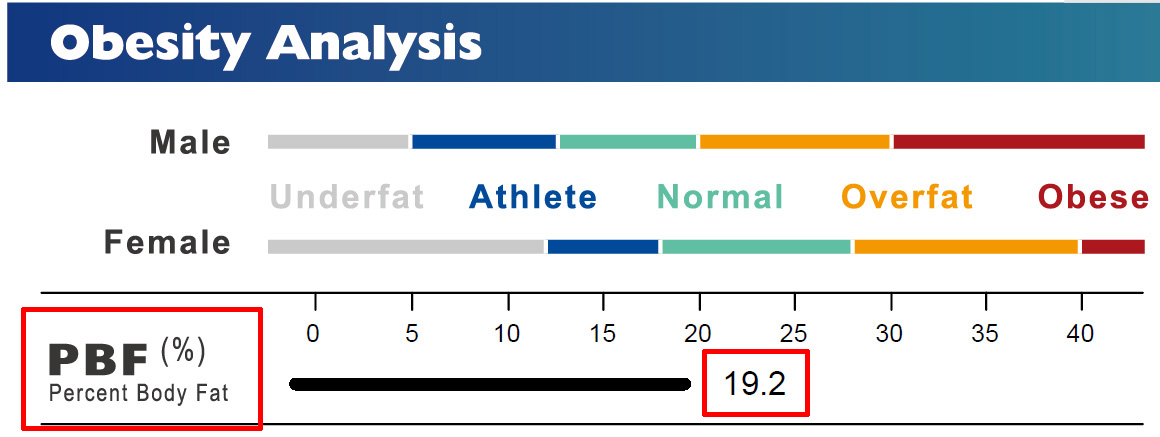
Depending on the standard selected in settings, the Percent Body Fat references may be slightly different! Some commonly used reference ranges are listed below:
American Council on Exercise
| Description | Male | Female |
| Essential Fat | 2-5% | 10-13% |
| Athletes | 6-13% | 14-20% |
| Fitness | 14-17% | 21-24% |
| Acceptable | 18-24% | 25-31% |
| Obese | > 25% | >32% |
Charder Research Center
| Description | Male | Female |
| Under | <10% | <18% |
| Normal | 10-20% | 18-28% |
| Over | >20% | >28% |
3) Body Fat Percentiles
This is an interesting and important, but potentially confusing interpretation if you've never seen a percentile chart before! Basically, it compares your body fat percentage with other adults of the same gender, age, and ethnic group.
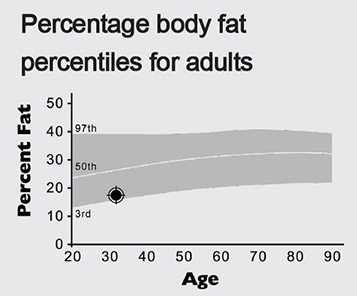
Why is this important? In the other sections, results are compared to a static standard that doesn't change, which is useful if you have specific fitness-related body fat goals, such as bodybuilding. However, what's "normal" or "realistic" when it comes to body fat can vary significantly, depending on how old you are. It doesn't necessarily make sense to judge a 70-year-old with slower metabolism and level of activity with the same body fat standards as a young 20-year-old! So by comparing your results from people most similar to you, you're able to get a more realistic snapshot of how your body fat compares to others.
4) Visceral Fat
The total amount of fat is obviously important to measure, but its location also makes a big difference. In addition to fat mass in different body segments, Charder's Body Composition Analyzers provide a calculation of visceral fat area or level, which has a higher correlation with obesity-related diseases than whole-body fat percentage. Someone that's only slightly obese according to whole-body fat percentage might in fact be at a higher risk for obesity-related diseases if their abdominal visceral fat is too high.
Depending on the result sheet, the Visceral Fat measurement may be slightly different, either with an area calculation (a common risk indicator is >100.0 cm2),
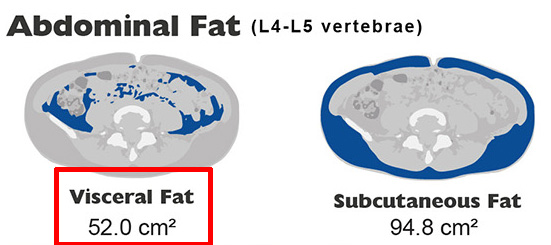
or a Visceral Fat Level (recommended to keep the rating below 10).




